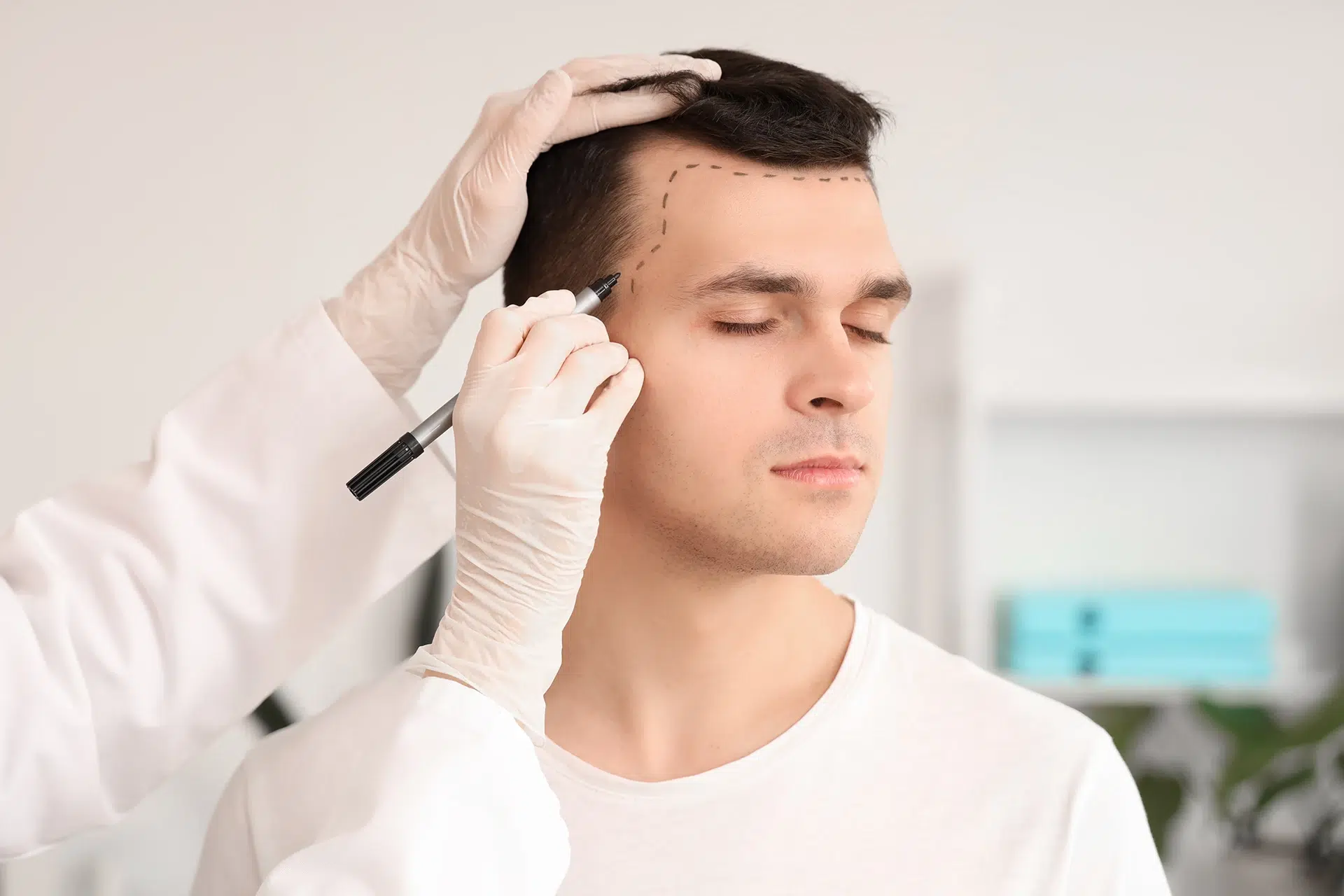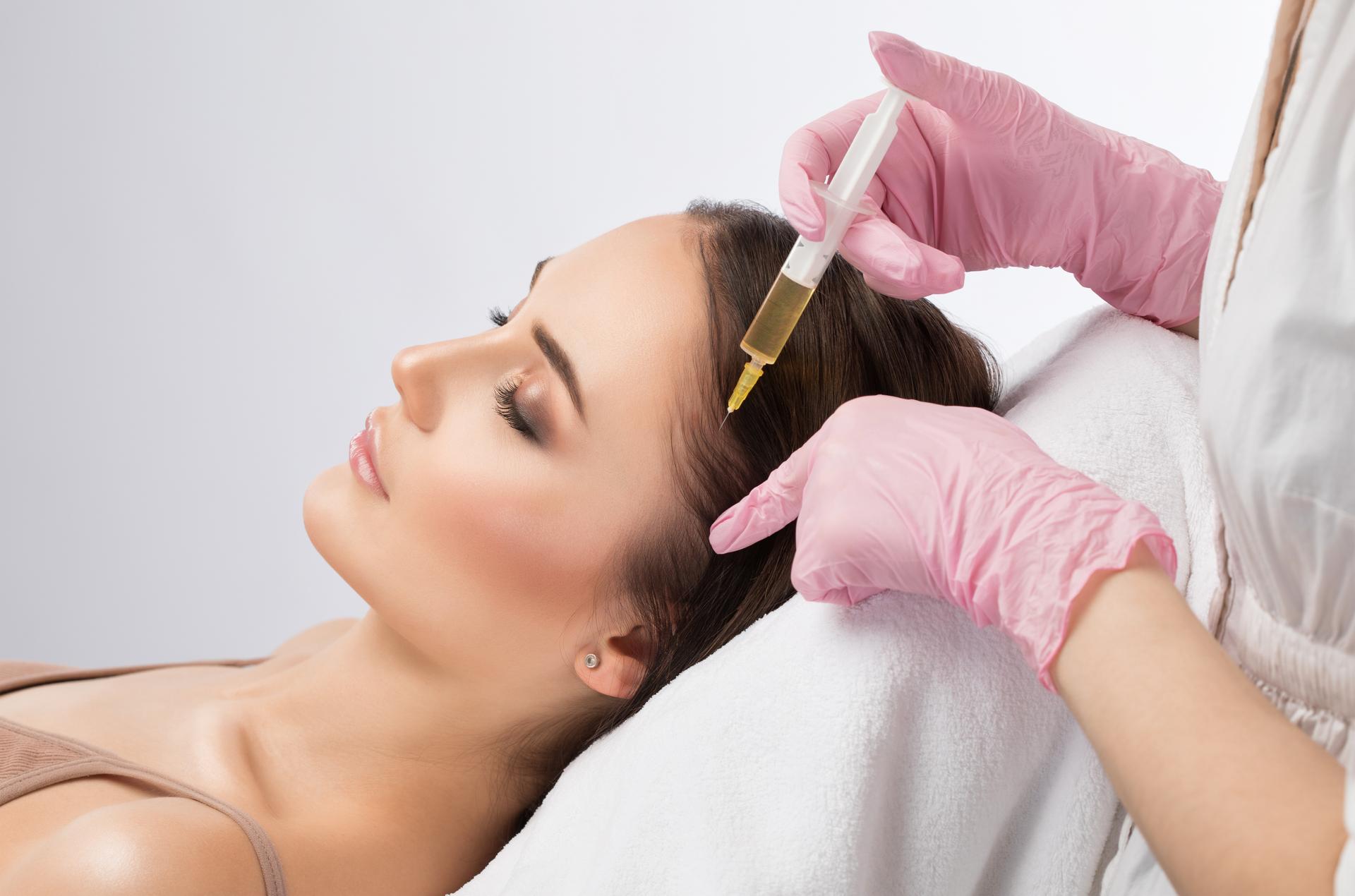Does one side of your hairline seem to have lesser hair than the other? As you age, there are a lot of changes that take place in the body. This applies to your hair too. By the time most people hit teenage or early twenties, their hairline begins edging slightly higher and becomes less defined. This process is referred to as a “maturing hairline”. A maturing hairline is a natural process common in both men and women. It does not necessarily mean that you are balding. However, in some cases, the hairline continues to recede gradually, signaling the onset of pattern baldness.
Pattern baldness, also known as Androgenetic Alopecia, is common in both men and women and is usually an irreversible condition. It accounts for hair loss in an estimated 30 million women and 50 million men in the US. This condition is caused by a combination of aging, genetics, and hormone levels.
Although uneven hairline cannot be stopped, there are several treatment options and home remedies that help slow down hair loss and nourish your existing hair.
Eat healthily
Just like your body, what you eat impacts your hair health as well. Include foods rich in antioxidants, such as pecans, berries, walnuts, beans, leafy greens, sweet potatoes, and avocados, in your diet. Ensure your diet also includes essential vitamins like Iron, Zinc, Vitamin E, Vitamin B-12, and Vitamin A. Foods like cashews, pecans, and almonds help lower DHT levels. Dihydrotestosterone or DHT is the hormone responsible for causing pattern baldness in men. High DHT levels can shrink your hair follicles and shorten your hair growth cycle. This might cause increased hair fall and the growth of weak and brittle hair.
Make a few lifestyle changes
To manage your hair loss symptoms, you should follow a healthy lifestyle. Avoid smoking and excessive alcohol consumption. Make sure you are regularly exercising and avoiding unhealthy food. Switch to a shampoo that is gentle on your hair and designed to promote hair growth.
Medications
Medications like Minoxidil and Finasteride are FDA-approved drugs widely used to treat androgenetic alopecia. Minoxidil, also known as Rogaine, is an over-the-counter topical solution. Its application can rejuvenate the hair follicles by enhancing the blood flow to the scalp. Finasteride or Propecia is a prescription drug that promotes hair growth by lowering (DHT) levels.
Herbal remedies
Various herbs are known to promote healthier, fuller hair growth. Herbs such as gooseberry, aloe vera, ginseng, and Chinese hibiscus can be mixed in a carrier oil solution and applied topically on the scalp to treat hair loss. Massaging the scalp with these oils can also increase blood circulation to the scalp and stimulate the hair follicles.
Low-level Light Therapy
Low-level light therapy (LLLT) is an advanced technology that uses laser emitting photons to stimulate the hair follicles and the scalp tissues, thereby promoting hair growth. The lasers increase the blood flow and supply of nutrients to the scalp and signal the cells and hair follicles to come out from their resting phase.
Monitor your stress levels
Stress can directly affect your hair health. To control hair loss and manage your stress, try relaxation techniques such as yoga, meditation, breathing exercises, pursuing a hobby, or spending time outdoors.
Hair transplant procedures
If your hair loss is severe, you can consider surgical treatment options like a hair transplant. Follicular unit extraction (FUE) and Follicular unit transplantation (FUT) are the two most popular hair transplant procedures. These techniques involve the extraction of hair follicles from a donor area with dense hair (usually the back of the head) and transplanting them onto the balding area on the scalp.
Other factors that can cause a hairline recession
Besides aging and genetics, other factors that can cause your hairline to recede include:
- Diets choices like sugary and processed foods, and foods with saturated fats and preservatives
- Harsh styling treatments like chemical bleach, tight hairstyles, heat styling, and hair straightening
- Using harsh hair products like shampoos that wash away sebum from your scalp
- Smoking
When to see a professional
See your dermatologist or physician if you experience:
- Patchy hair loss
- Hair falling out in clumps
- Scaring or flaking on the scalp
- Bald spots
If you are concerned about your hair loss, the experienced staff at the New Jersey Hair Restoration Center can guide you with the best hair transplants in New Jersey. We have the best and the most effective hair transplant doctors in NJ who have decades of expertise in the field of hair restoration.


